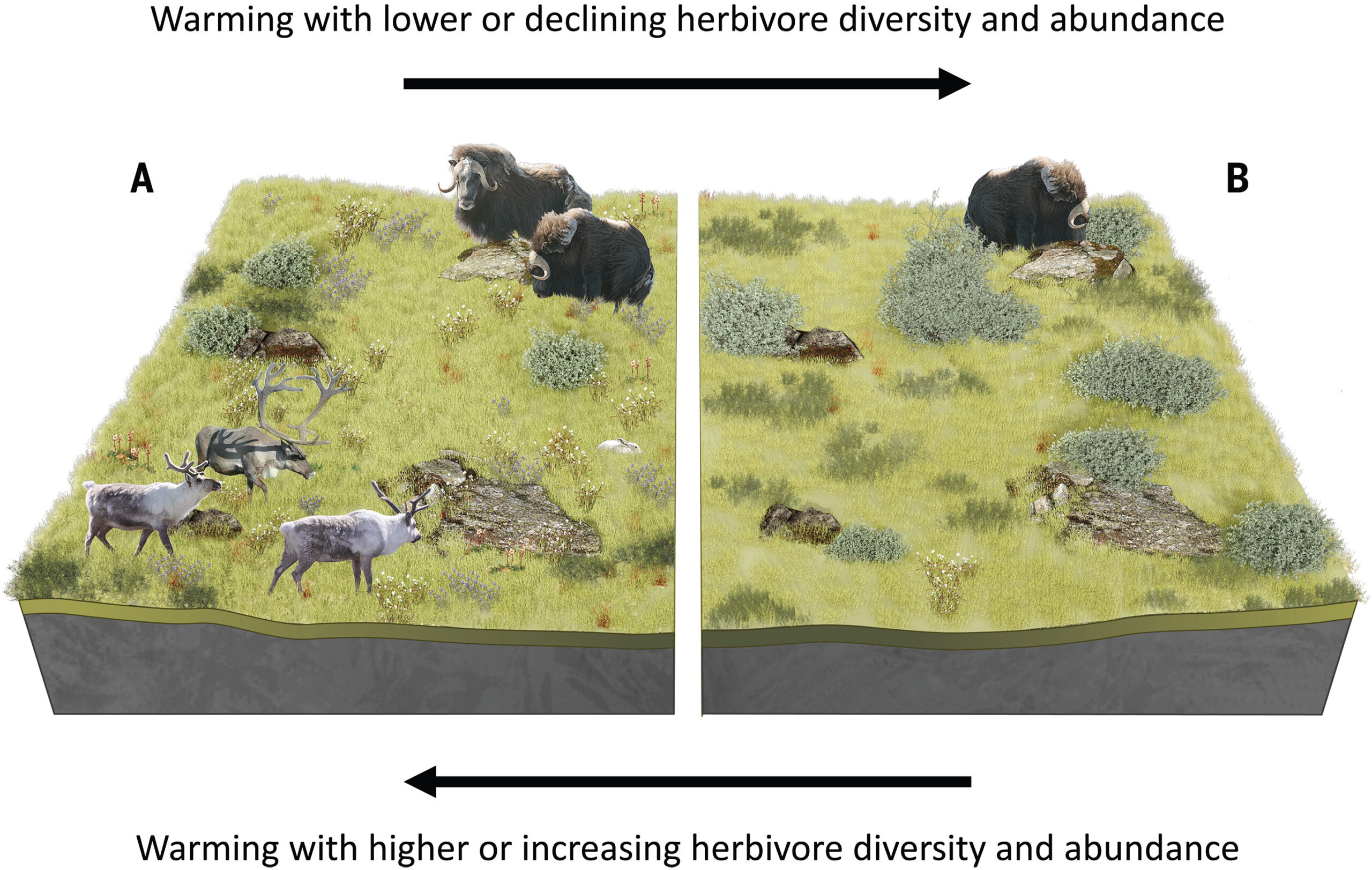Observed every year on February 27, International Polar Bear Day casts a spotlight on the critical situation facing polar bears due to the disappearing Arctic ice and the broader impacts of climate change. This day serves as a rallying point for worldwide awareness and proactive measures to protect these noble animals and their natural environment.
—
In the heart of the Arctic’s ethereal vastness, where the whispers of cold winds meld with the ethereal dance of the auroras, resides the polar bear, a creature as majestic as it is a poignant symbol of the environmental challenges of our time. Known scientifically as Ursus maritimus, these creatures are not merely the Arctic’s apex predators but also key components of their fragile ecosystem. Their seemingly white fur, composed of clear, hollow tubes alongside a substantial layer of blubber, equips them superbly for survival in their frigid realm. These natural adaptations enable not just warmth in the biting cold but also camouflage against the ice and snow, making polar bears unparalleled hunters of the Arctic.
Polar bears, recognized as the planet’s largest bear species, vary significantly in size across their range, with males typically reaching up to 1,500 pounds (680kg) and females about 800 pounds (363kg). Spread across 19 distinct subpopulations in the Arctic, these bears’ lives are deeply intertwined with the sea ice, relying on it for access to their primary prey, seals. Yet, this dependence places them at a peculiar disadvantage as the global climate shifts, with warming trends leading to the premature melt and delayed formation of sea ice each year. This change not only shortens their hunting seasons but also diminishes their access to essential food resources, negatively affecting their health, reproduction rates and, ultimately, their survival.
Currently, the global population of polar bears is estimated to hover between 22,000 and 31,000 individuals, a number that is alarmingly precarious due to the ongoing and rapid loss of sea ice habitat. Classified as “Vulnerable” by the International Union for Conservation of Nature (IUCN), the future of polar bears hangs in a delicate balance, threatened not only by climate change but also by the increasing likelihood of human-bear conflicts as they venture further afield in search of food.
Polar Bears Researsh Results
Recent research conducted in Western Manitoba has shed light on the grim reality faced by polar bears during the extended periods they are forced to spend on land, where food is markedly scarce. In some instances, bears were found to lose up to 11% of their body mass, a stark indication of the insufficiency of their land-based diet and their struggles to adapt to this new reality. Efforts by these bears to find sustenance through resting more, foraging for vegetation or berries, or swimming in search of food have been largely unsuccessful, underscoring the severe challenges they face in their changing environment. This predicament is further compounded by the polar bears’ inability to eat while swimming, making their quest for survival even more challenging.

Conservation Efforts
Conservation initiatives aimed at polar bear preservation are comprehensive and international in scope, encompassing habitat protection, strategies to mitigate climate change, and efforts to minimize conflicts between polar bears and humans.
The landmark 1973 Polar Bear Agreement, signed by the Arctic nations, set the stage for coordinated research and conservation actions across borders. Today’s efforts are focused more acutely on reducing global greenhouse gas emissions and managing human activity in the Arctic in ways that do not exacerbate the threats to polar bear populations.
Despite the daunting challenges that lie ahead, polar bears continue to fascinate and inspire with their indomitable spirit and stunning beauty. Their fur, which appears white but is actually translucent, reflects visible light, while their skin underneath is dark, absorbing sunlight to maximize warmth. The intimate process by which polar bear mothers give birth to their cubs in the seclusion of snow dens, protecting them from the extreme cold until they are strong enough to face the outside world, and the remarkable distances adults travel in search of food highlight the incredible adaptations and resilience of these animals.
The narrative of the polar bear extends beyond their struggle for survival, serving as a compelling reminder of the interconnectedness of our global ecosystem and the pressing need for action against climate change. As the Arctic ice continues to diminish, the plight of the polar bear underscores the urgency of our environmental stewardship and the collective efforts required to mitigate the impacts of global warming.
Through continued research, proactive conservation measures, and a worldwide commitment to curtailing emissions, there remains hope that these iconic creatures can continue to thrive in their Arctic home. Their story is not just one of survival against the odds but also a call to humanity to live in greater harmony with our planet, preserving its diversity and beauty for future generations.
For a more in-depth analysis of Polar Bears, check out our dedicated Endangered Species Spotlight.




